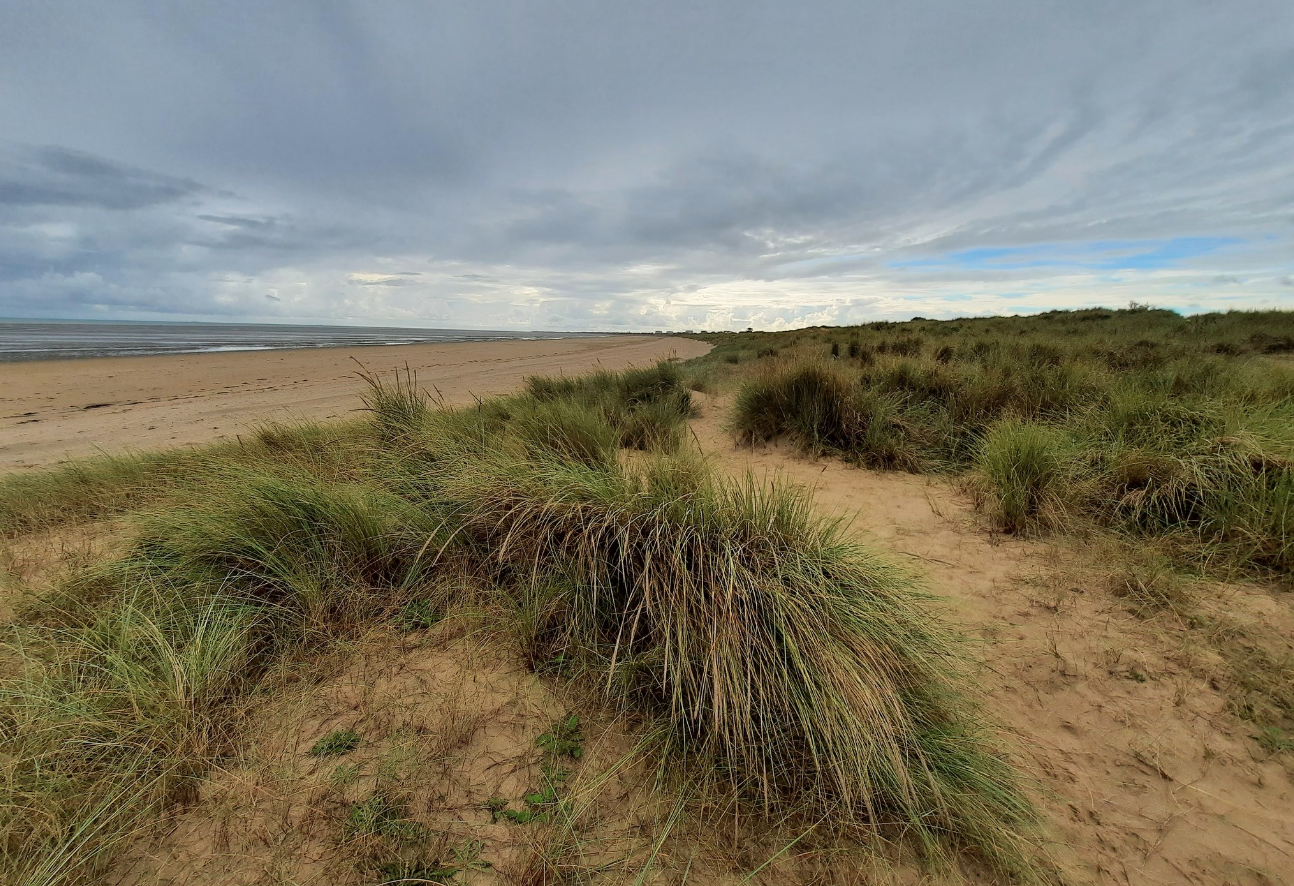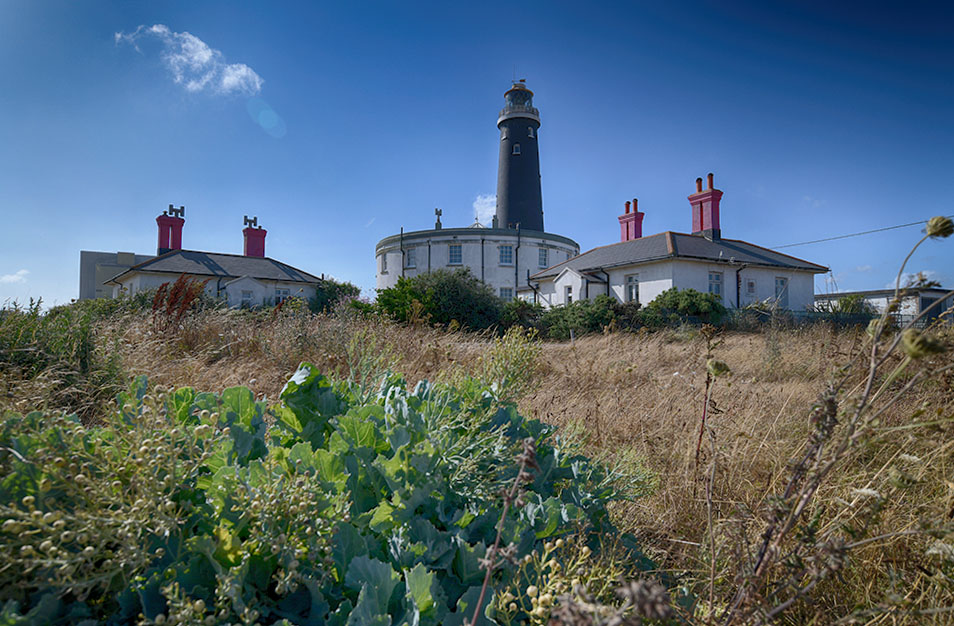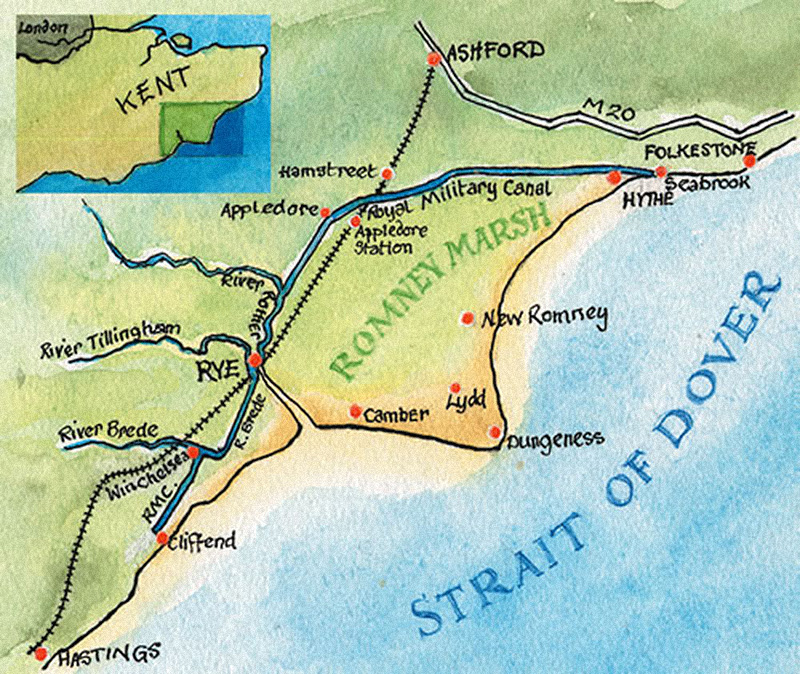Welcome to
The Romney Marsh
Countryside Partnership
The Romney Marsh Countryside Partnership (RMCP) was set up in June 1996, a sister project to the White Cliffs Countryside Partnership.

We are a non-profit making organisation, managing various sites across the Romney Marsh with the help of our conservation volunteers and visiting corporate volunteer groups. We always welcome new volunteers, so do get in touch if you would like to volunteer by emailing: RMCP@dover.gov.uk.

The dunes at Greatstone

And in the dunes at Greatstone – a small patch of Samphire flourises

Volunteers work throghout the year to support fauna and flora on and around the Romney Marsh – and January is a great time for hedge planting and laying!
If you want to... join our dedicated team of volunteers!
— White Cliffs (@WCCPnews) June 9, 2024
Email us at WCCP@DOVER.GOV.UK or visit our website at https://t.co/3qq64RpIhJ for more information 🌱 pic.twitter.com/BdDTZjqJDV
Become a Volunteer
Help the RMCP to look after the countryside by joining one of our regular conservation volunteer tasks. Tasks vary throughout the year, from laying hedges, to clearing scrub to surveying wildlife. Find out more about helping your local wildlife by volunteering.
Corporate Volunteering
The RMCP are now offer corporate volunteering opportunities on Nature Reserves across the Romney Marsh. Contact us now to find out more: RMCP@dover.gov.uk or 01797 367934.
Conserving wildlife across the Romney Marsh
The Romney Marsh Countryside Partnership is involved in managing various nature reserves across the Romney Marsh, from Dungeness NNR to Greatstone Dunes and Romney Warren. We also get involved where we can in other projects across the Marsh that help improve areas for wildlife.
We are currently creating ponds for wildlife across the Romney Marsh, and further afield into Folkestone and Dover, as a delivering body for Natural England’s District Level Licensing Scheme. If you are interested in creating or restoring a pond (minimum size 10m x 15m) on the Marsh, or further afield, do get in touch with us at: RMCP@dover.gov.uk. Or call Steff on: 07864 608825 for more information.
The now isolated church of St Thomas À Becket (Fairfield) is typical of the many unusual sights to be seen on the Romney Marsh.
The old lighthouse at Dungeness (which is open to the public).
We did our annual count of this gorgeous and scarce flower at Romney Warren. We counted 24! It’s called Deptford pink. This is one of only a few places in Kent where you can see it.
Promoting and caring for the landscape and wildlife of the Romney Marsh
Join us on one of our events and find out more about the Romney Marsh
Looking over a region reclaimed from the sea
Lympne Castle and the ruins of the Roman Portus Lemanis (Port Lympne) sit on the escarpment overlooking the edge of the Romney Marsh. The Royal Military Canal runs along the length of the Marsh’s northern boundary.
And the view from the escarpment
Just above the ruins of Port Lympne
The Romney Marsh
Romney Marsh is a sparsely populated wetland and shingle headland bounding the counties of Kent and East Sussex. It covers about 100 square miles and is so unique it has subsequently been referred to as the ‘fifth continent’.
Website Update
This website has been sponsored and maintained for a number of years thanks to a local business.








